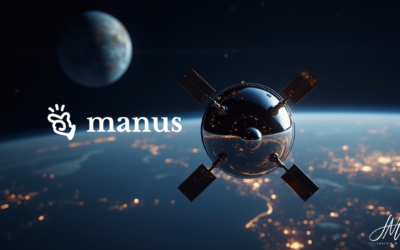The integration of Artificial Intelligence (AI) 🧠 and the Internet of Things (IoT) 🌐 into the supply chain presents both significant benefits and specific challenges. This article presents an analysis of the key aspects of these technologies and their implications for the supply chain.
The integration of AI and IoT in the supply chain offers several benefits.
- Real-Time Tracking and Monitoring:
- IoT: Enables real-time tracking of products and assets 📦 resulting in better supply chain monitoring and optimization.
- AI: Uses the collected data to provide accurate predictions and recommendations that improve supply chain efficiency 📈.
- Predictive Maintenance:
- IoT: Sensors collect data on the condition of machinery and equipment 🔧 to predict potential breakdowns.
- AI: Analyses this data to optimize maintenance schedules and minimize unplanned downtime ⏱️.
- Inventory and Warehouse Management:
- IoT: Sensors and RFID technologies assist in tracking inventory and automatically procuring raw materials 🏭.
- AI: Optimizes inventory management through predictive analytics that reduce overstocks and shortages 📉.
- Quality Control:
- IoT: Monitors the quality of products during transportation using various sensors 🔍.
- AI: Analyzes the collected data to detect and resolve quality problems at an early stage 🛠️.
- Documentation and Transparency:
- IoT: Collects data on every step of the supply chain, enabling seamless documentation 📝.
- AI: Uses this data to ensure transparency and traceability and improve compliance 📚.
The implementation of AI and IoT poses some challenges.
- Data Quality and Availability:
Challenge: The inaccurate or incomplete database carries the risk that the analyses and decisions based on it will be flawed ❌.
Strategy: Investing in robust data management systems and continuous data quality checks is essential 🛡️
- Integration with Existing Systems:
Challenge: Integrating new technologies into existing infrastructures can be complex and costly ⚙️.
Strategy: Gradual integration and the use of APIs and microservices can improve compatibility 🔄.
- High Initial Investment:
Challenge: Implementing AI and IoT requires significant investment in technology and expertise 💸.
Strategy: A careful cost-benefit analysis and the use of cloud-based services can help to reduce initial costs 💡.
- Ethics and Data Protection:
Challenge: Processing sensitive data requires adherence to strict security measures as well as compliance with applicable legal regulations 🚨.
Strategy: The development of ethical guidelines and investment in advanced cybersecurity measures are required 🛡.
- Resistance to Change:
Challenge: Employees may have concerns about job losses and be reluctant to change 🚫.
Strategy: Effective change management and clear communication of the benefits of AI and IoT can help to reduce resistance 💬.
Conclusion
The integration of AI and IoT into the supply chain holds considerable potential. The benefits include increased efficiency, preventive maintenance, and optimized inventory management. However, companies must also overcome challenges such as ensuring data quality, system integration, and high initial investments. By implementing targeted strategies, these hurdles can be overcome and the benefits of these technologies can be fully exploited. 🌟
Disclaimer: The research was carried out with PerplexityPro, the summarization, and simplification was done with GPT-4 Turbo and the improvement was with DeepL Write. The translation into English was done with DeepL and improved with Grammarly. The image was created using Microsoft Designer.






